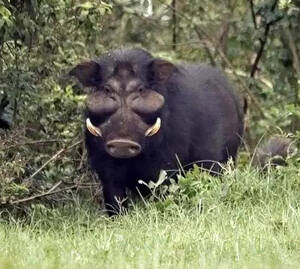
Hylochoerus meinertzhageni
Hylochoerus meinertzhageni,Forest Hog
The Forest Hog (Hylochoerus meinertzhageni), also known as the Forest Hog in···
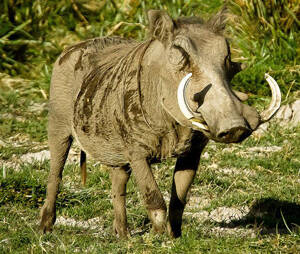
Phacochoerus africanus
Phacochoerus africanus,Common Warthog,Common warthog, Eritrean warthog
African warthog (scientific name: Phacochoerus africanus) is called Common W···
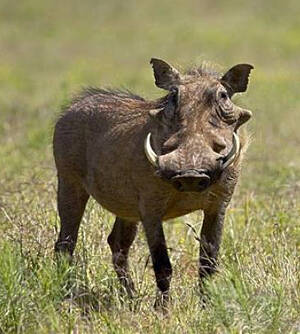
Phacochoerus aethiopicus
Phacochoerus aethiopicus,Desert Warthog,Desert warthog, Cape warthog, Somali warthog
Desert Warthog (scientific name: Phacochoerus aethiopicus) has two subspecie···
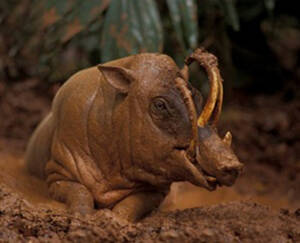
Babyrousa togeanensis
Babyrousa togeanensis,Togian Islands Babirusa,Malengewi babirusa, Celebes babirusa, Celebes wild boar
Togian Babirusa (scientific name: Babyrousa togeanensis) is called Togian Is···
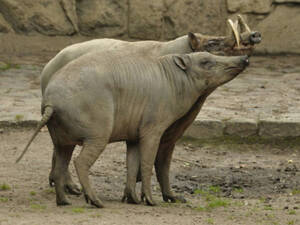
Babyrousa celebensis
Babyrousa celebensis,Kalowatan,Celebes Babirusa, Togian Babirusa
Sulawesi Babirusa (scientific name: Babyrousa celebensis) is called Kalowata···
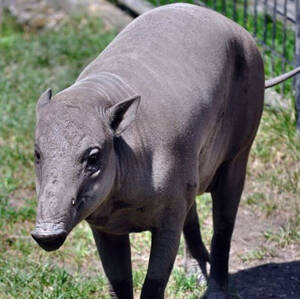
Babyrousa babyrussa
Babyrousa babyrussa,Hairy Babirusa、Babiroussa,Moluccan wild boar, Babirusa pig deer, Maluku babirusa
Hairy Babirusa (scientific name: Babyrousa babyrussa) is also known as Hairy···
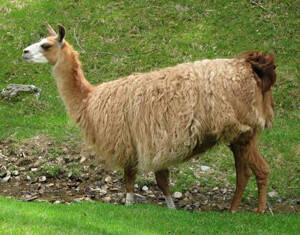
Lama glama
Lama glama,llama,Domestic Alpaca
The llama (Latin scientific name: Lama glama, English name: llama) is the he···
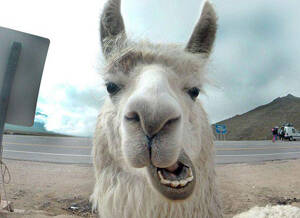
Vicugna pacos
Vicugna pacos, Alpaca,Grass Mud Horse,Alpaca
The alpaca (scientific name Vicugna pacos, English name Alpaca) native to So···
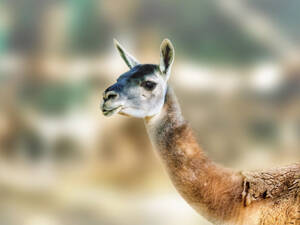
Lama guanicoe
Lama guanicoe,Guanaco
Guanaco (scientific name: Lama guanicoe) is a docile herbivore with four sub···
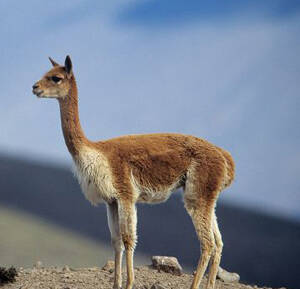
Vicugna vicugna
Vicugna vicugna,Vicuna
Llama (scientific name: Vicugna vicugna) is also known as Vicuna in English.···
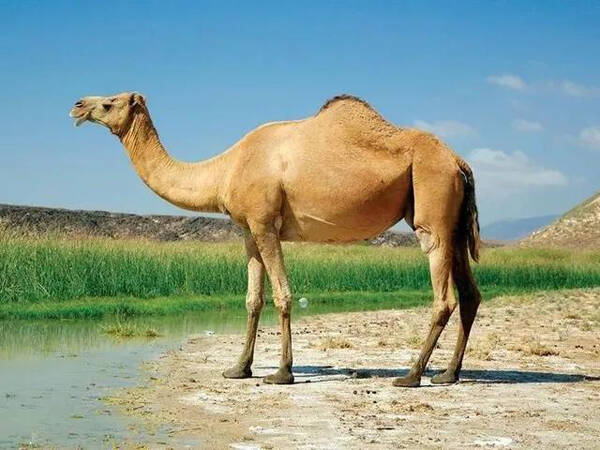
Camelus dromedarius
Camelus dromedarius,dromedary
The dromedary camel (scientific name: Camelus dromedarius) is also known as ···

Ovibos moschatus
Ovibos moschatus,Muskox、Musk Ox,Musk ox, Arctic musk ox
Musk ox (scientific name: Ovibos moschatus) is also known as Muskox and Musk···
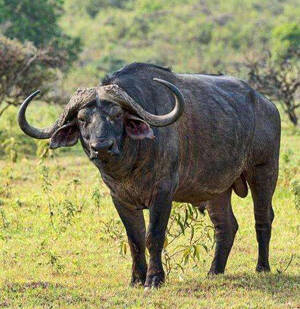
Syncerus caffer
Syncerus caffer, African Buffalo, Buffle d'Afrique,African buffalo, African buffalo
African buffalo (scientific name: Syncerus caffer) is called African Buffalo···
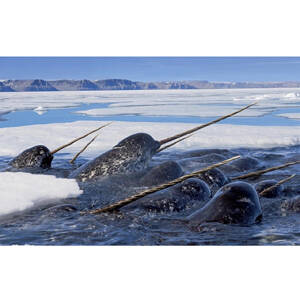
Monodon monoceros
Monodon monoceros,Narwhal、Unicorn Whale,Narwhal, Lance Whale
The scientific name of narwhal: Monodon monoceros, foreign names Narwhal, Un···
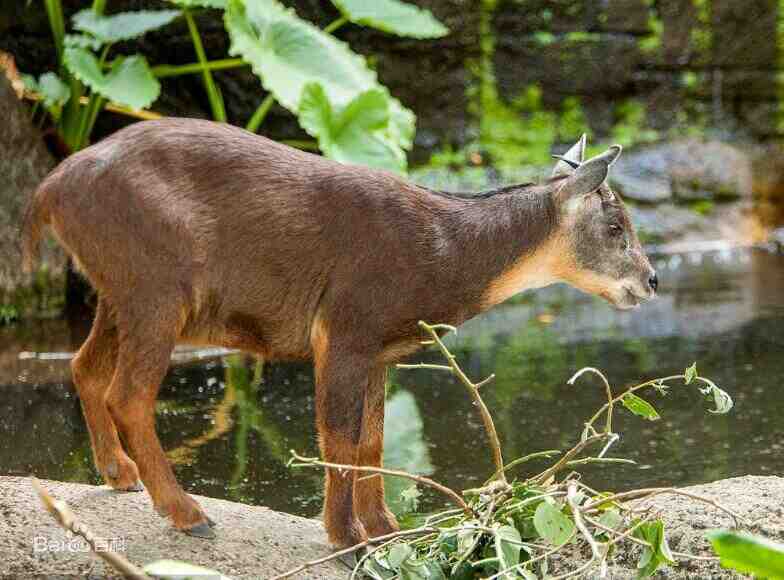
Capracornis swinhoei
Capracornis swinhoei,Taiwan serow,Formosan goat, Formosan wild goat
Taiwan serow is called Taiwan serow in English, and has no subspecies. The T···
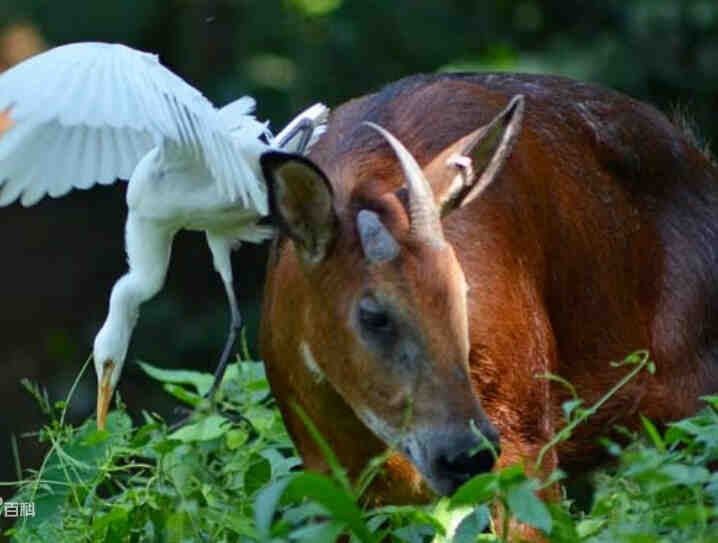
Capricornis rubidus
Capricornis rubidus,Capricornis sumatraensis Blyth, 1863 ssp. rubidus ,Red Serow,Burmese Red Serow,Arakan Serow , Roter Serau , Saro carmin, saro rouge , Sirao rojo,Serau rojo, serau de Birmania,Red S
Red Serow, with no subspecies, is a separate species of the genus Serow in t···
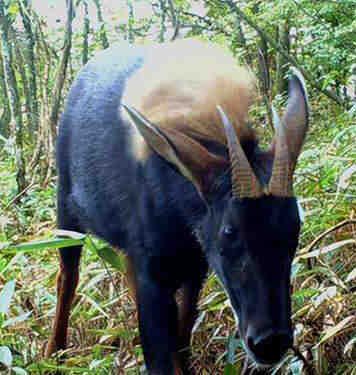
Capricornis milneedwardsii
Capricornis milneedwardsii,Chinese Serow,Four-legged beast, Sumatran serow
Chinese Serow, also known as Chinese Serow in English, has two subspecies an···
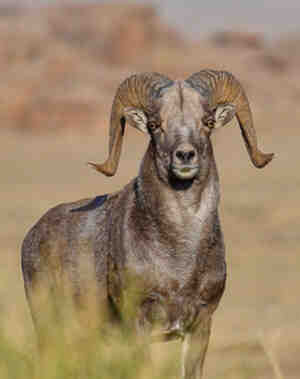
Ovis polii
Ovis polii,Ovis poli typica Lydekker,Ovis ammon poli Blyth,Pamir Sheep,Marco Polo Sheep
Pamir Sheep, also known as Pamir Sheep, was once a subspecies of argali.The ···
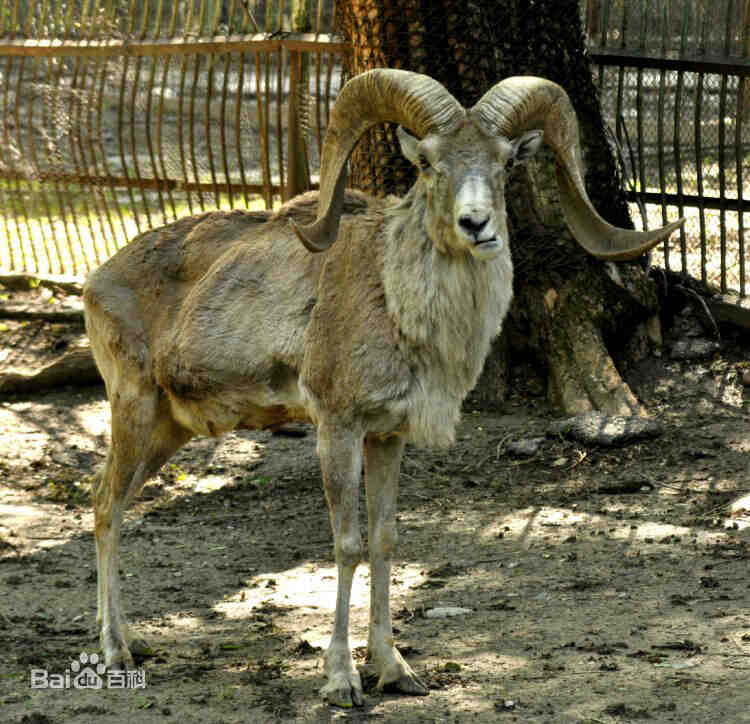
Ovis karelini
Ovis karelini
Tian Shan Argali, once the Tianshan subspecies of Argali.The Tianshan argali···
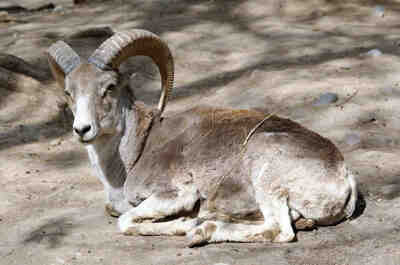
Ovis hodgsoni
Ovis hodgsoni,Tibetan argali,Tibetan sheep, Dalai Lama argali, Altun Mountain argali, white-breasted argali, Tibetan argali, big monk argali
Tibetan argali, also known as Tibetan argali in English, is a typical mounta···
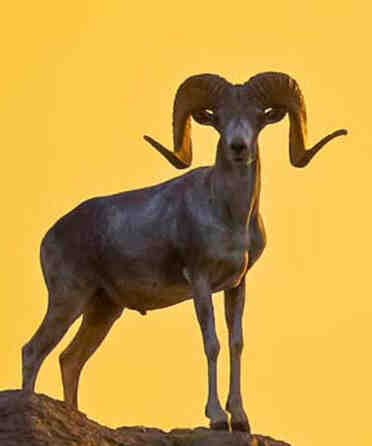
Ovis darwini
Ovis darwini,Mongolian argali, Argali mongolica
The Gobi argali is named Ovis darwini, and was once a subspecies of argali.T···
